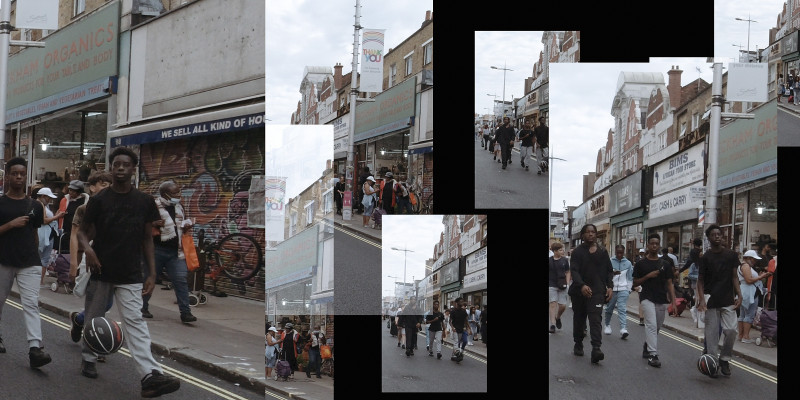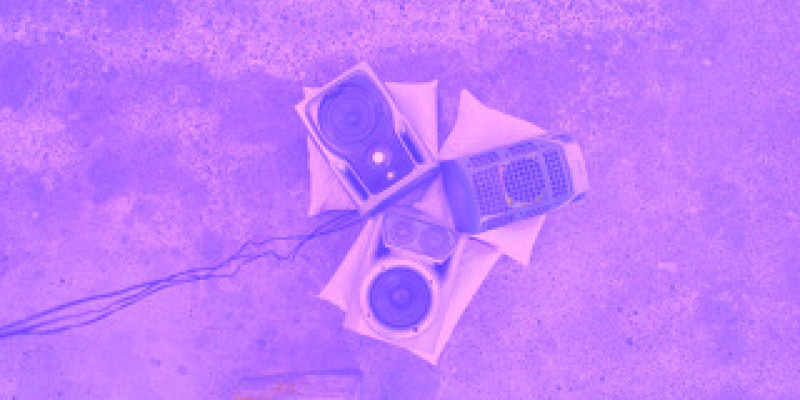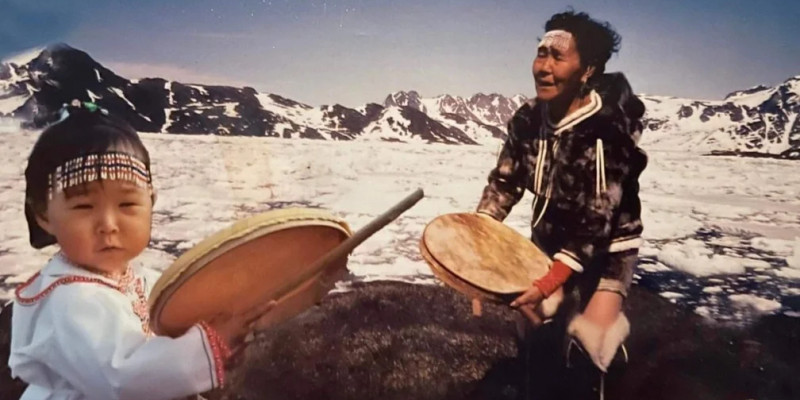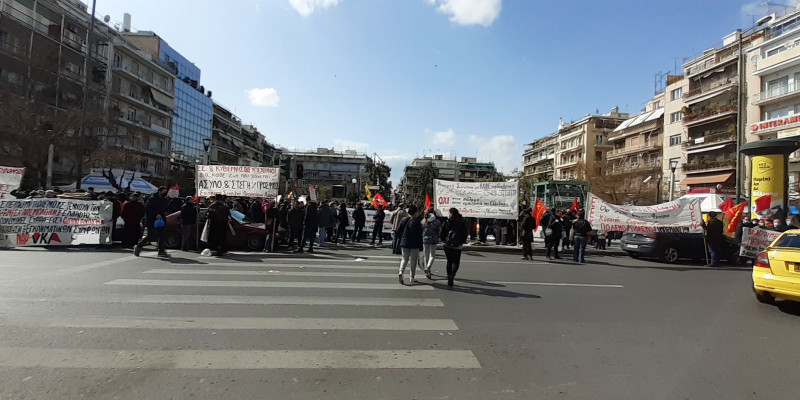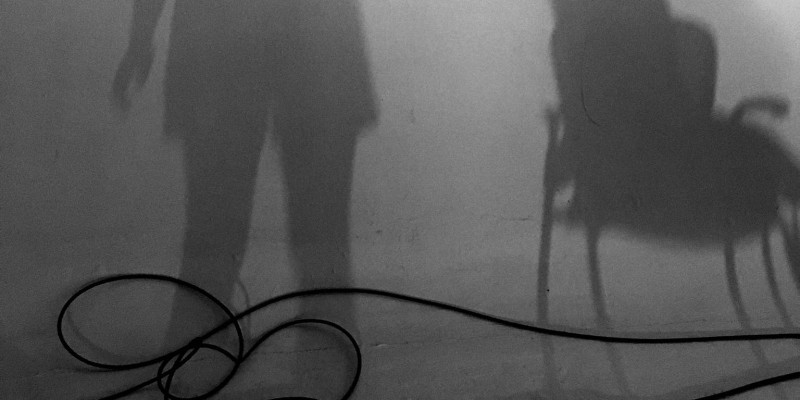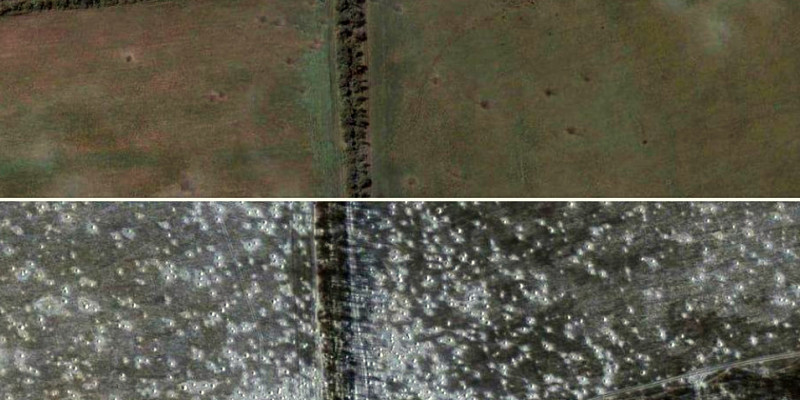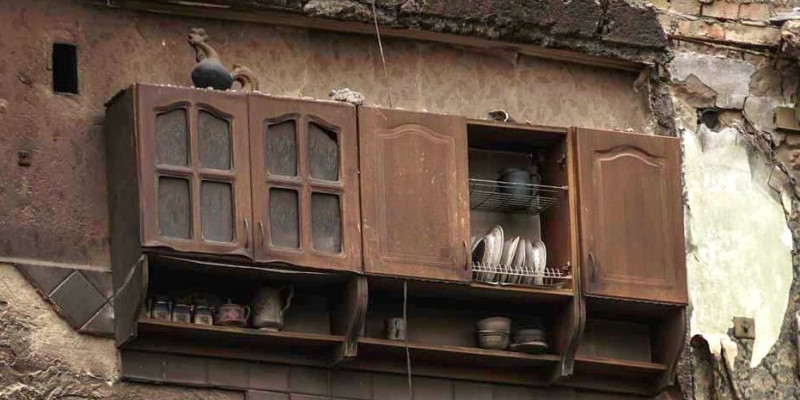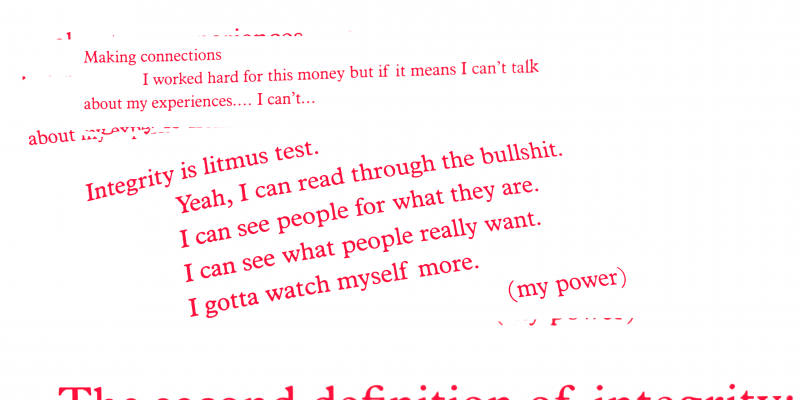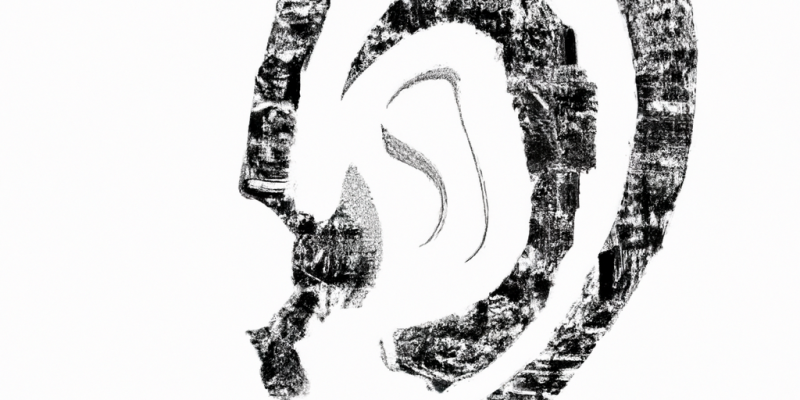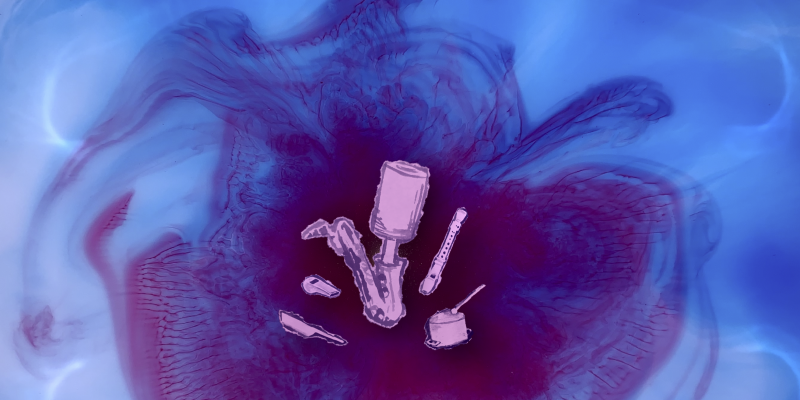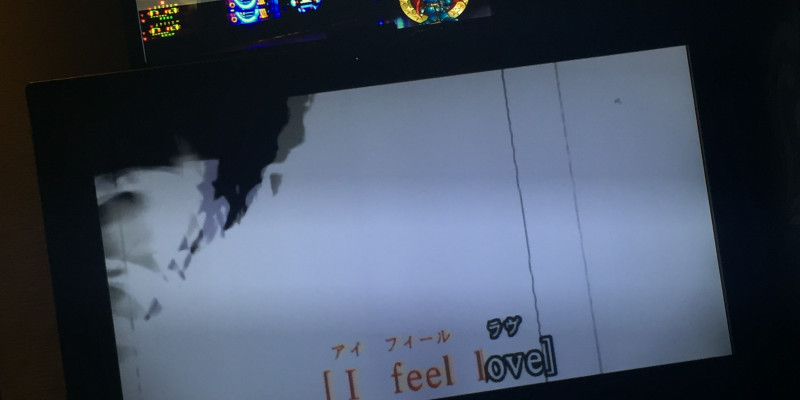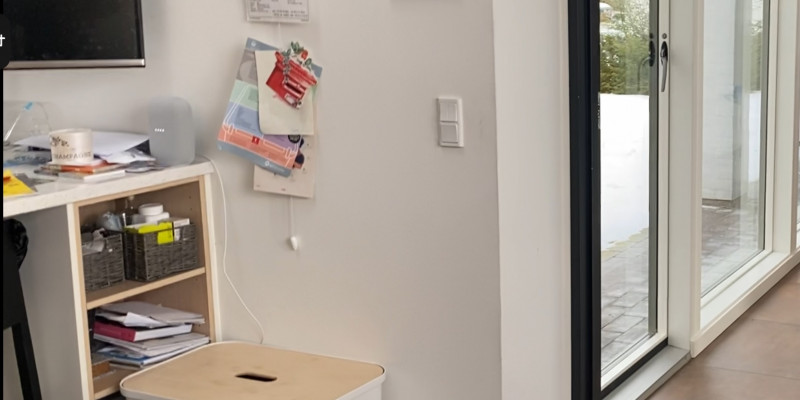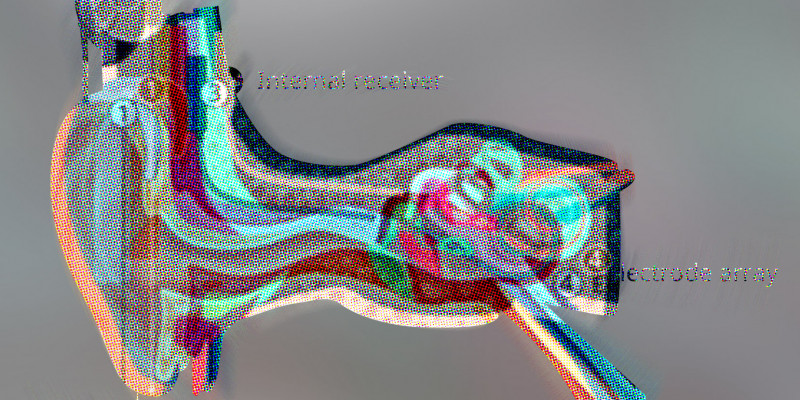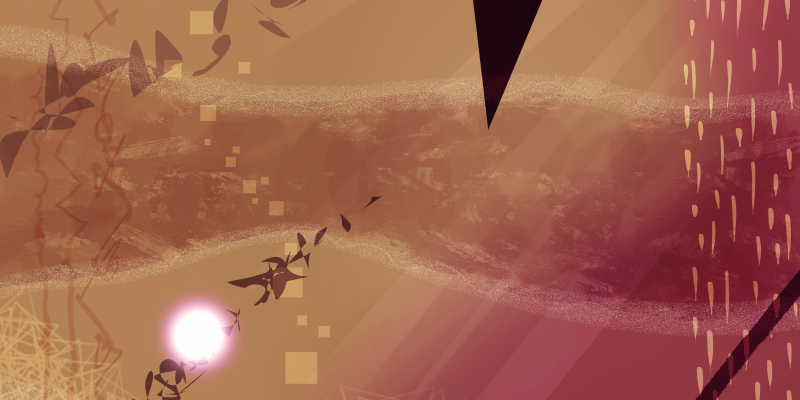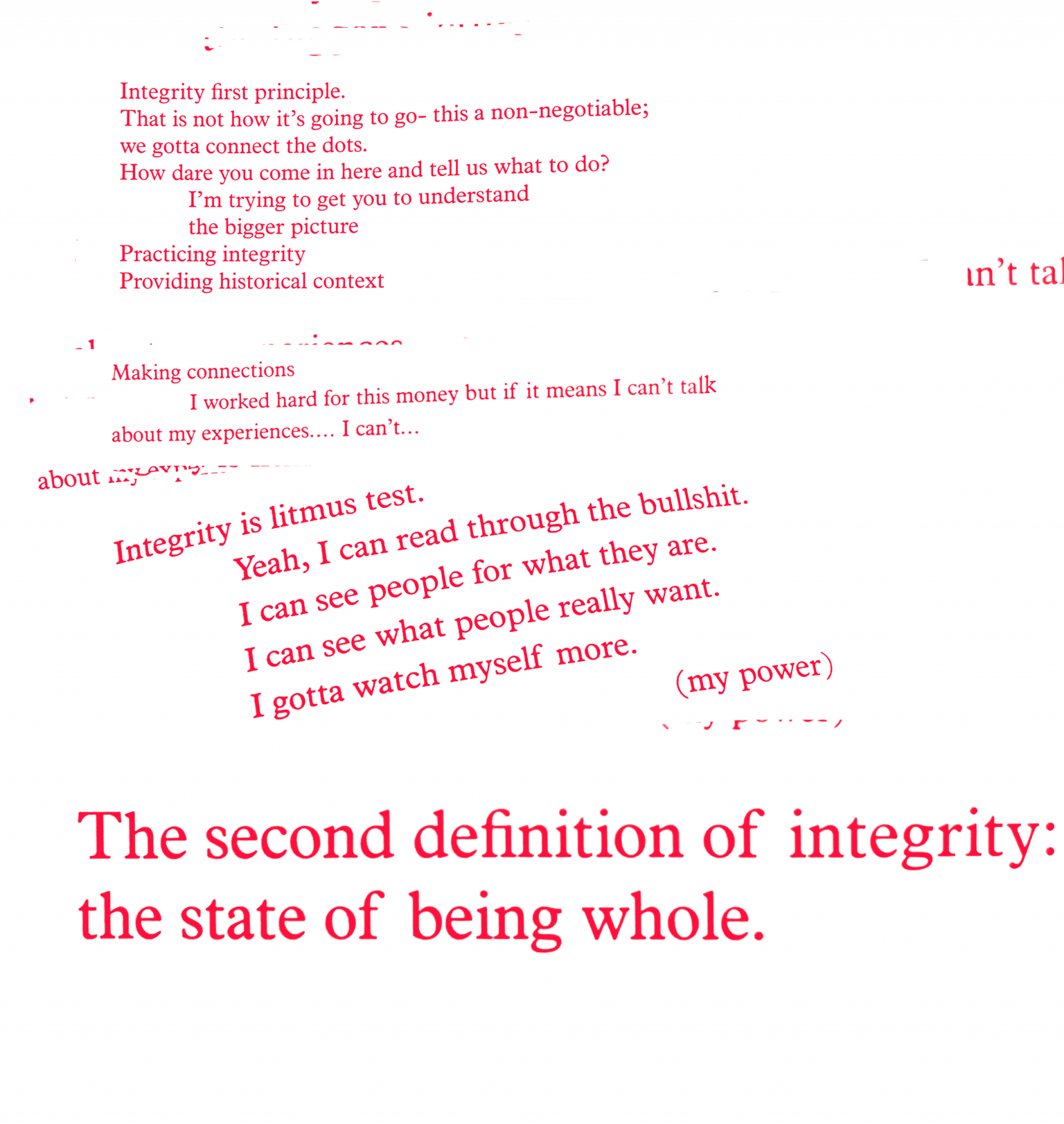
The Second Sound of Integrity
Abstract
In Formless Formation: Vignettes for the End of this World, performance studies scholars Sandra Ruiz and Hypatia Vourloumis offer nine borderless vignettes that pulse, converge, resonate, and dissolve into one another by »rejecting the solidity of a frame« (2021, p. 9). Formlessness, for them, does not suggest an absence of form. Rather, formlessness attends to the chance encounters staged between minor aesthetic performances. Formlessness is an anticolonial strategy, a method of solidarity.
Following Ruiz and Vourloumis, this audio paper performance sounds a formless formation, exploring integrity and wholeness among Black and Indigenous collectives that organize via radical forms of togetherness outside state-sponsored institutions. By the term integrity, we suggest nothing about individual moral virtue but rather a collective ontological state of being whole.
We invited members of three collectives to assemble for visitation, reflection, skill, and idea exchange sessions over a nine-month period, over geographical distance in the United States, and over Zoom due to the global pandemic. These collectives are:
- Saving Our Lives, Hear Our Truths: A Black girlhood visionary and performative space that has evolved through analogue, physical, and digital modes since 2006 in Chicago and Champaign, Illinois (USA).
- Fire in Little Africa & The Space Program: A multimedia hip-hop project and documentary commemorating the 1921 massacre of Tulsa, Oklahoma’s (USA) Greenwood neighborhood known as »Black Wall Street.«
- The Aadizookaan: An Anishinaabe collective in southwest Detroit that uses guidance from ancestral Indigenous-based knowledge systems for cultural production and storytelling.
We asked ourselves the following research question: how do these collectives evolve to sustain themselves over time? Prior to our invitation, each collective was already engaging and confronting its internal organization and public movement, contemplating regeneration, and pondering emergence (brown 2017), for many reasons, not least among them was the global pandemic.
Our assembly was held by care and familiarity among us as convenors and among our collaborators, sharing genuine desire to strengthen existing connections, deepen the love, and expand solidarities across new relations. We welcomed repetition, iterative play, and multiple gatherings precipitated or punctuated by memorable echos of wanting to be together again, somehow. We understood this assembly as a practice of Black study (Harney and Moten 2013), a method of making good on the unpayable debt we already owed one another.
These sessions generated a shared archive of sonic material toward the not-yet (van Hesswijk et al. 2021) and what-if (Maparyan 2012). Our archive contains conversation recordings totaling over 20 hours, ritual scripts we wrote, original sound compositions, samples, voice memos, and more. From these materials, we composed borderless multiphonic vignettes where sounds layer, converge, dissolve, pulse, and rupture. The vignettes feed questions, demands, and their lower frequencies back into themselves – back into chambers of re-memberings for the speakers – some by intention and others by chance-timed collisions: an evolving aesthetic that is both accumulative and implosive with intuitive and technological precision for corporeal listening-feeling-knowing (Henriques 2011). Refusing representation and discursive explanation altogether, the performance abandons its own legitimacy in these moments — a total abolition leaving only »the assembly of our obligations to one another« (Ruiz and Vourlmouis 2021, p. 8). What is left in these moments is an invitation to »feel the physics of our surround, our social aesthetic, the gravity of our love and loss, our shared, radically sounded, radically sent incompleteness« (Harney and Moten 2021, p. 26).
Emergent inside three expanding and expansive movements is a ritual of release, a slight and mutual confession, a reassurance and faith in each other, and a loving demand for a wholeness we will only find within ourselves among one another.
To experience more from this collaboration, please visit: www.formsoffreedom.com
In collaboration with Esmé Bailey, Am’re Ford, Mark C. Francis II, Sandy Gaytan, Dr. Stevie Johnson, Sacramento Knoxx, Jessica Robinson, Jacobi Ryan, and Dr. Blair Ebony Smith; funded by the Spencer Foundation.
